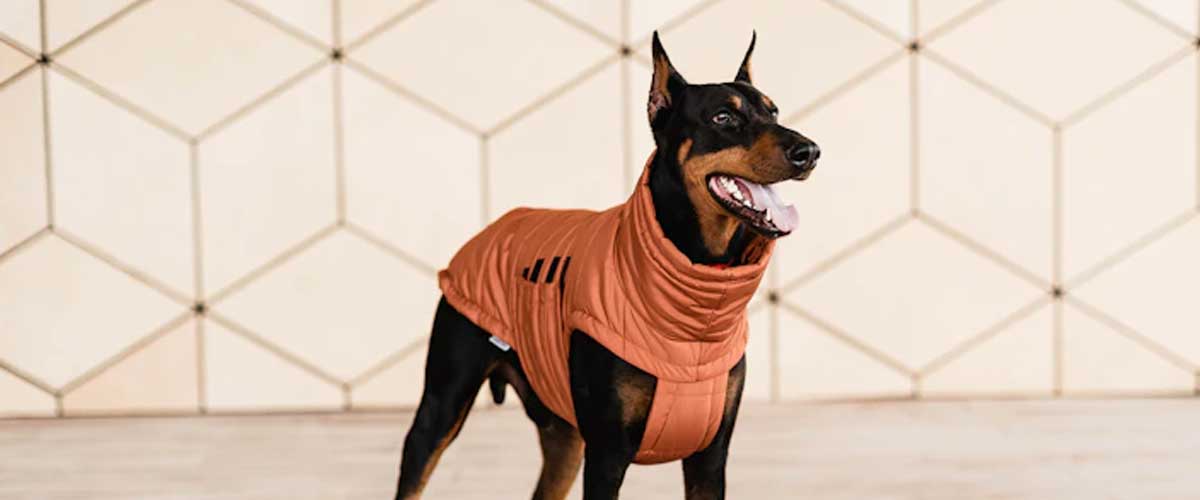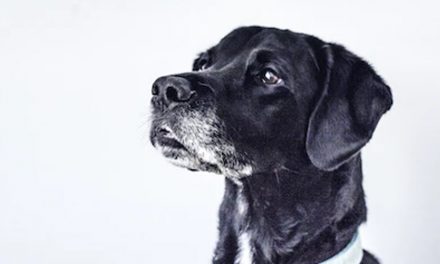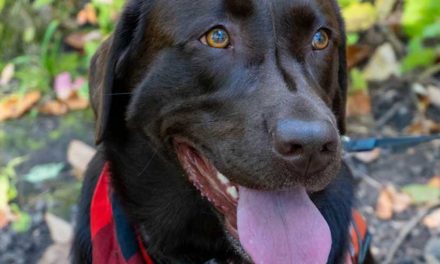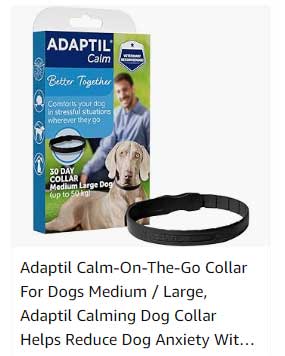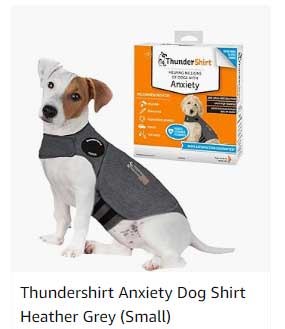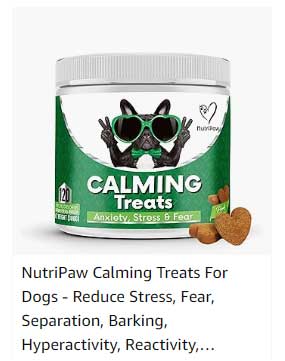Dog anxiety vests have gained popularity among pet owners seeking to help their furry friends cope with anxiety-related issues.
These specially designed garments are not just fashion statements; they play a significant role in providing comfort and security to anxious dogs.
But how do these vests work, and why do they seem to be effective for many dogs?
Let’s explore the mechanisms behind dog anxiety vests and their impact on canine anxiety.
Understanding Dog Anxiety
Before delving into how anxiety vests function, it’s essential to understand dog anxiety itself.
Many dogs experience anxiety due to various triggers, including loud noises (like thunderstorms or fireworks), separation from their owners, unfamiliar environments, or social situations with other dogs or people.
Symptoms can range from mild to severe, including excessive barking, chewing, trembling, hiding, or even aggression.
The Science Behind Anxiety Vests
Anxiety vests operate on principles rooted in pressure therapy.
The key concept here is the application of gentle, consistent pressure to specific areas of the dog’s body.
This is similar to the way swaddling works for infants, where the applied pressure creates a sense of security and calm.
When a dog wears an anxiety vest, it feels a snug fit around its torso, which many dogs interpret as a comforting embrace.
This feeling can trigger the release of calming hormones, helping to reduce the overall stress levels.
The pressure mechanics generally work on the following principles:
1. Deep Pressure Stimulation (DPS):
The vest exerts gentle pressure across the dog’s body, specifically around the chest and abdomen.
This physical sensation can help lower heart rates and promote relaxation.
Studies in humans suggest that deep pressure touch can activate the parasympathetic nervous system, which helps the body to rest and digest, leading to a calming effect.
2. Distraction from Anxiety Triggers:
When a dog is wearing an anxiety vest, the comforting pressure can serve as a distraction from whatever may be causing their anxiety.
Instead of focusing on frightening noises or uncomfortable situations, the dog can concentrate on the sensation of the vest.
3. Scents and Familiarity:
Some vests are designed to hold calming scents, such as lavender or chamomile, which can further soothe an anxious dog.
The familiar smell combined with the constriction of the vest fosters a safe, secure environment that can ease anxiety.
When to Use an Anxiety Vest
Anxiety vests can be particularly useful during stressful situations, such as thunderstorms, fireworks, or travel.
However, they aren’t a one-size-fits-all solution and should be used in conjunction with other anxiety management strategies.
Here are some scenarios when using an anxiety vest might be beneficial:
- During Loud Noises:
If your dog shows signs of anxiety during thunderstorms or fireworks, putting on a vest before the event can help diminish their stress during these periods. - When Traveling:
Whether it’s a car ride or a stay in a new place, an anxiety vest can provide comfort and familiarity, making the transition smoother for your pet. - At Vet Visits or Grooming:
Many dogs dread visits to the vet or groomer.
Using a vest before and during these events can help calm an anxious dog.
Choosing the Right Vest
When selecting an anxiety vest, it’s crucial to pick one that fits well, providing the right amount of pressure without being too restrictive.
It’s advisable to measure your dog’s chest and consult the sizing guide offered by the manufacturer.
Additionally, consider the material – breathable fabric is essential for comfort, especially in warmer climates.
Conclusion
In conclusion, dog anxiety vests serve as a helpful tool in managing canine anxiety by providing deep pressure stimulation and creating a sense of calm and safety.
While they won’t cure anxiety on their own, when used in conjunction with other behavioral strategies and training, they can significantly improve a dog’s quality of life.
Every dog is unique, so it may take some experimentation to find the right approach that provides the most comfort for your furry friend.
If you suspect your dog has anxiety, consult with a veterinarian or a professional dog trainer to develop a comprehensive plan that works best for your pet.

